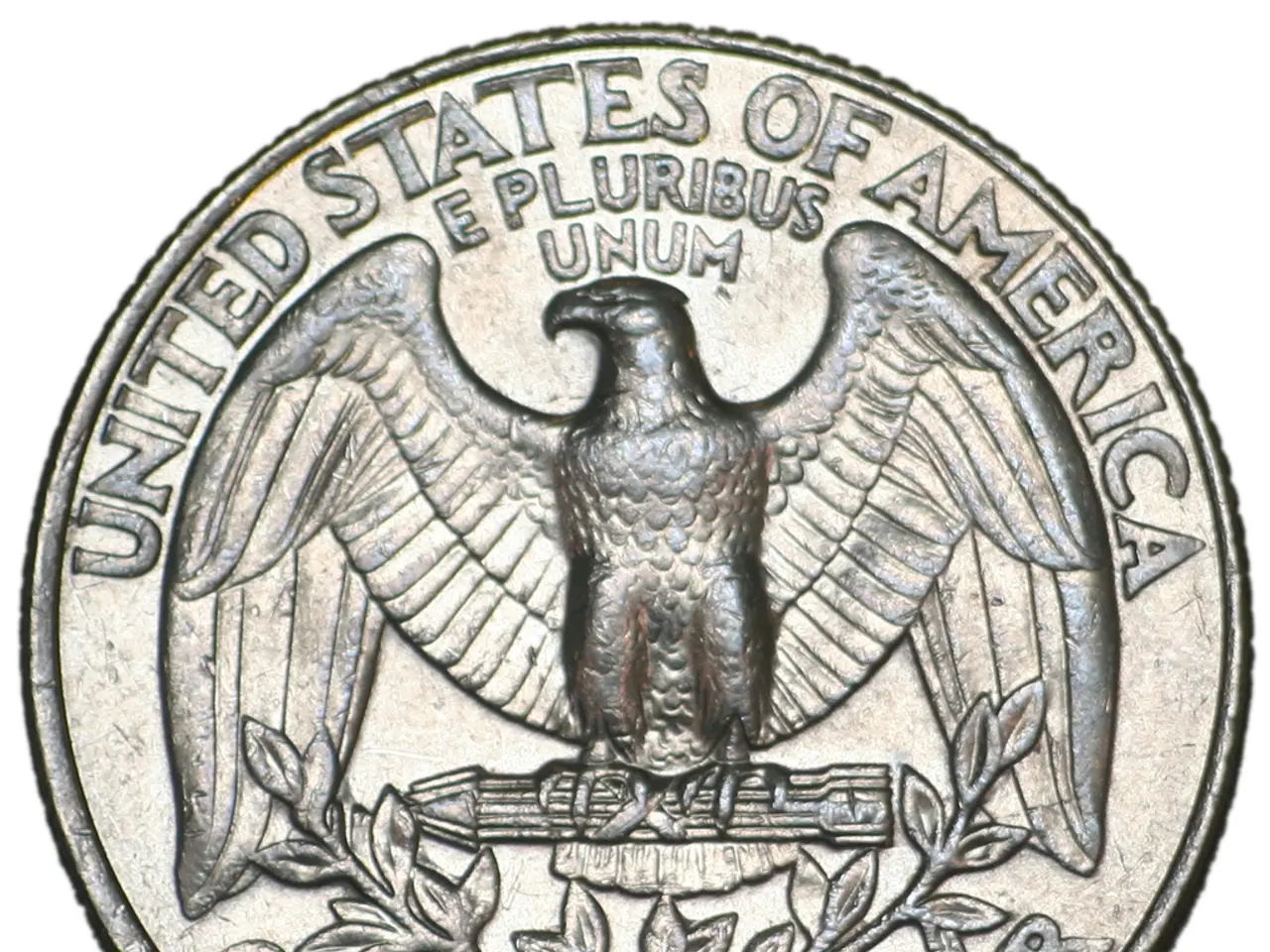Fed Stands Firm on Interest Rates Despite Trump's Demands
Federal Reserve maintains elevated interest rates in the United States
Bucking President Donald Trump's pressure for a rate cut, the US Federal Reserve (Fed) has kept interest rates steady at a high level of 4.25-4.5%. The decision was made amid lingering economic uncertainty, as declared by the Federal Reserve Board in Washington.
The move aligns with most analysts' predictions. Following the COVID-19 pandemic, US interest rates saw a sharp rise to combat inflation. Two rate cuts occurred in 2022, but none in 2025.
Economic Growth Projections Slashed
The Fed now expects a lower economic growth rate of 1.4% this year, a downward revision from the initial projection of 1.7% in March. In addition, they anticipate a higher inflation rate of 3.0%, contrasting the March prediction of 2.7%.
Notably, a majority of Fed members continue to anticipate two rate cuts of 0.25 percentage points each by the year's end, potentially bringing the interest rate to about or slightly below four percent.
Interest Rates and Lending Costs
The interest rate is the Fed's primary tool in achieving its two principal objectives: controlling inflation and maintaining low unemployment. By establishing the cost at which commercial banks borrow from the central bank, the interest rate affects the fees paid by consumers and businesses. In turn, cheaper loans could boost economic activity by enabling Americans to spend more and making credit-financed investments more affordable.
Trump's Persistent Call for Lower Rates
Although the US Federal Reserve's independence is constitutionally guaranteed, President Trump frequently demands lower interest rates to further stimulate the economy. To emphasize his demand, he often publicly criticizes Fed Chair Jerome Powell. Recent remarks included calling him a "fool."
The Fed's Strategic Approach
From the Fed's standpoint, there is currently no compelling need to cut the interest rate. Inflation is closely aligned with its target of 2%, while the labor market remains robust. Furthermore, economic situational uncertainty persists, with factors like trade tariffs, unstable geopolitics, and the possibility of an escalating Iran-Israel conflict causing potential turmoil for the US economy.
In this context, the cautious, data-driven strategy employed by the Fed suggests a willingness to monitor incoming economic data and assess the evolving outlook while balancing the associated risks before making changes to interest rates.
The Fed's decision to keep interest rates steady aligns with the ongoing debate in both business and politics, as analysts, investors, and even President Trump advocate for lower rates to stimulate economic growth. However, the Federal Reserve's strategic approach emphasizes the importance of maintaining control over inflation and economic stability, as well as considering the impact on lending costs and possible uncertain factors like trade tariffs, geopolitical instability, and potential conflicts.





